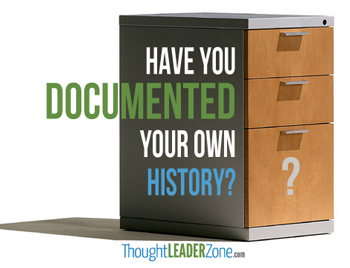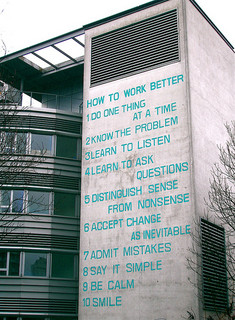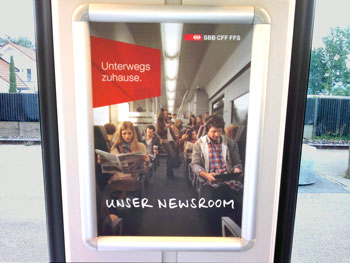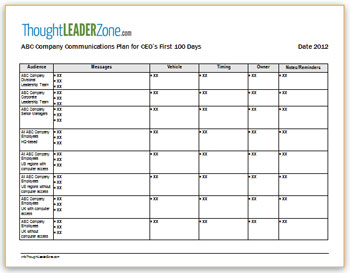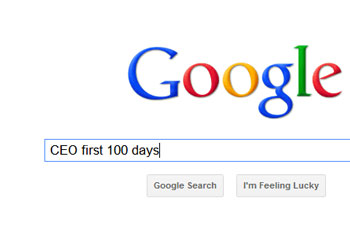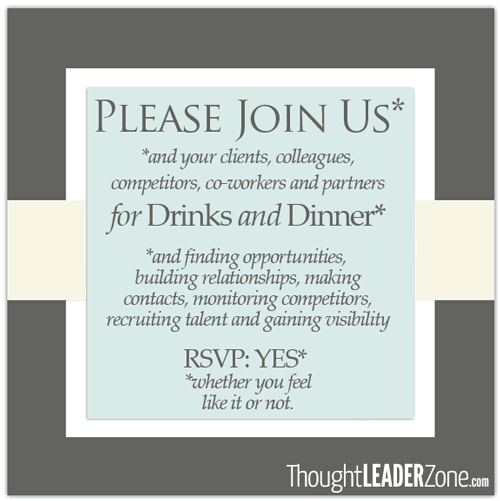
Bloggers from 108 countries around the world are taking part in this year’s Blog Action Day focused on “the Power of We.”
Did you know that today, 15 October, is Blog Action Day 2012? For the sixth year in a row, Blog Action Day is bringing together bloggers from different countries, interests and languages to blog about one important global topic on the same day.
Past topics have included water, climate change, poverty and food with thousands of blogs, big and small, taking part. This year the theme is the ”Power of We.” You can follow what’s happening online with either of these two hashtags: #powerofwe or #bad12
We – as thought leaders, as business leaders, as a community – can make change happen in a positive way for our environment. That’s the “Power of We.”
Take the opportunity today to donate to a charity of your choice so you, too, can demonstrate that “Power of We” at work.
If you’re looking for a good cause, why not consider one of three key water charities: www.wateraid.org, www.waterforpeople.org or www.water.org.
Are you ready to show the “Power of We” inside your company, too? Ask, assess, then act. We’re here to help!



